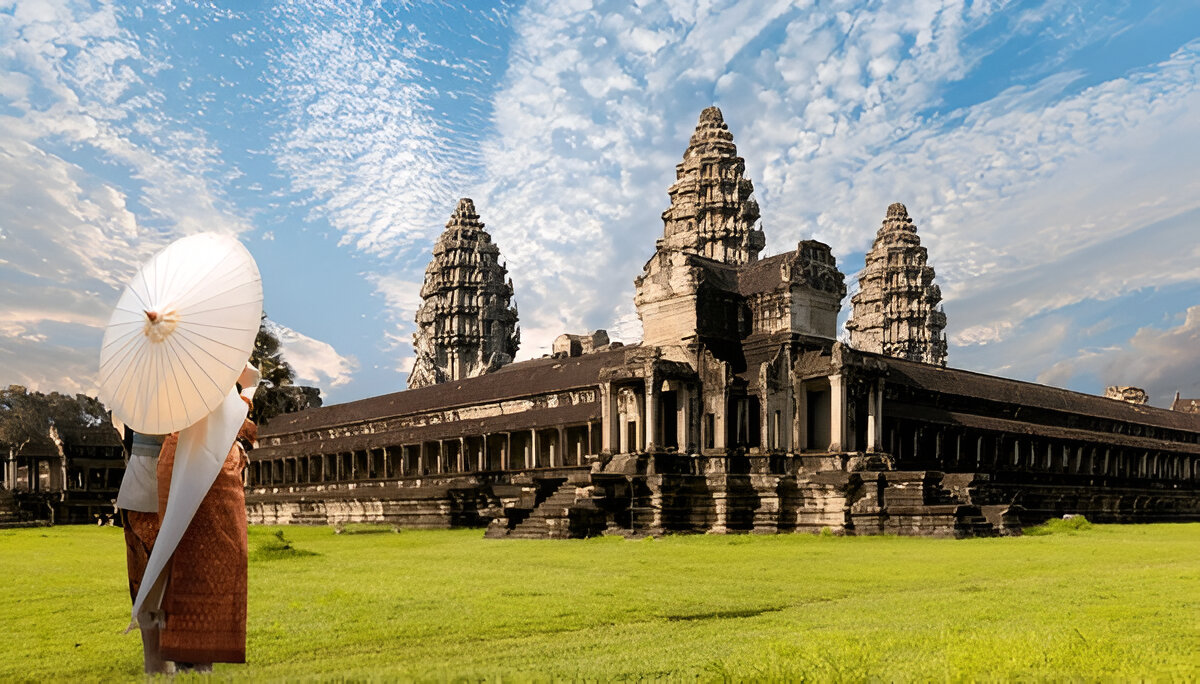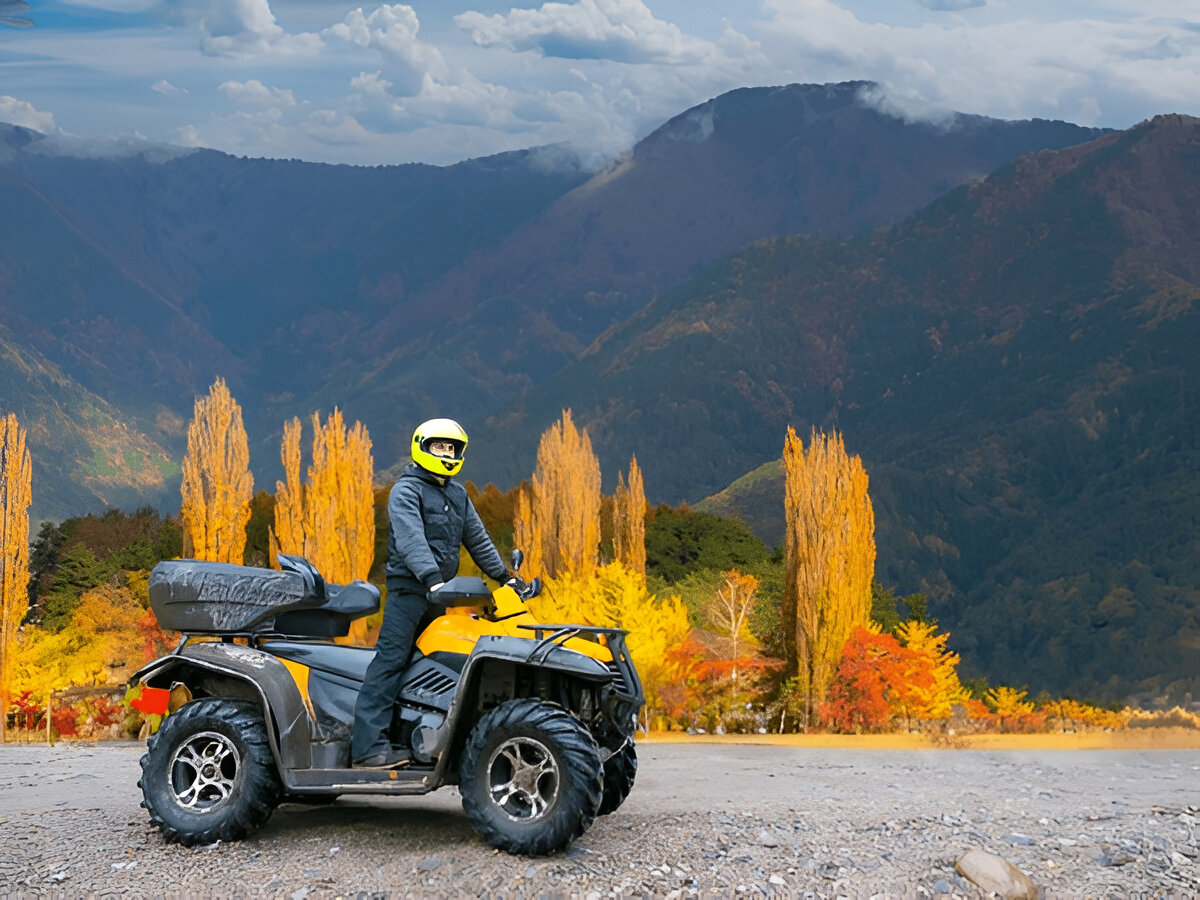Walking through Cambodia’s old sites is like going through the pages of a great story—not the kind written in old books, but the kind carved into stone whispered through jungle plants and carried by the wind over fallen temple towers. Cambodia is not only a beautiful place but also a living record of time. Its past is both moving and humbling.
The Rise of the Khmer Empire
At the heart of this story is the mighty Khmer Empire, one of Southeast Asia’s most powerful civilizations. This kingdom did very well in Cambodia from the 9th to the 15th centuries. It left behind a memory that would last long after the jungle tried to take it back. Angkor Wat is the most famous part of this history, but the story doesn’t start or stop there.
Angkor Wat: A Temple Beyond Time
The first time you see Angkor Wat, especially in the golden hush of dawn, it can take your breath away. This isn’t just a temple; it’s a stone city built with care and accuracy to reflect the Hindu world and then changed to fit Buddhist beliefs. The outline looks beautiful from far away. When you get close, the details are stunning. Bas-reliefs tell stories about gods and kings, wars and beliefs, like paintings that move from left to right. Every cutout and worn-out step holds a piece of the past.
Angkor Thom and the Smiling Faces of Bayon
The magic of Cambodia’s ancient history is not confined to one site. Angkor Thom, the last great city of the Khmer Empire, is just past Angkor Wat. The Bayon Temple stands tall and proud, with many stone faces smiling in every direction. How those faces look at you makes you feel close to them, like they’ve seen the end of a thousand years and still find something to smile about. When you’re in that place, with the old stones and the silence of the woods, time seems to blur.
Ta Prohm: Nature’s Embrace
Walking further into the complex, the temples of Ta Prohm offer a very different kind of awe. Tree roots wrap around walls and poke through openings, making the ruins look like they were built by nature. It’s wild and beautiful, a warning of both the passing of artificial things and the lasting power of the natural world. The temple may be best known for being the setting for a Hollywood movie, but no camera can catch what it’s like to stand there and watch the sun shine through the trees and hit the old stone.
Banteay Srei
As you explore further, the story deepens. The smaller Banteay Srei temple is often called the “Citadel of Women.” It has some of the most detailed carvings of any temple in the area. Its pink sandstone shines brightly in the sun, and the intricate carvings show how skilled Khmer artisans were. It’s a quiet spot in the empire’s heart that doesn’t speak of greatness but of kindness.
Shadows of the Past
Beyond the temples, Cambodia’s historical soul also reveals itself in other ways. It can be found inside small museums and overheard talks in the village, with the help of tuk-tuk drivers who know every part of Angkor by heart and in the daily habits of monks who walk barefoot through the early morning light. Cambodia is full of reminders of the past, both in the form of monuments and the spirits that live in them.
Yet, understanding Cambodia’s ancient history also means acknowledging its pain. After many years of foreign rule, civil war, and the terrible Khmer Rouge era, the Khmer Empire was no longer a great power. The difference between the past’s beauty and today’s pain is noticeable, but perseverance stands out. Cambodian history isn’t just about what was lost but also what was kept alive. Memory, getting better, and quiet power are all important.
The Spirit of Survival and Strength
There is something profoundly moving about a journey through Cambodia’s ancient past. The ruins are not all that; they’re also the quiet they hold, the sounds they make, and the stories they still want to tell. Respect comes from the quiet steps of tourists, the wide-eyed wonder of kids selling pictures near old gates, and the soft singing of orange-robed monks as night falls.This is a country where history doesn’t sit behind glass. It’s outside, under your feet, around trees, and in the eyes of the people who live there. When you walk through Cambodia’s old world, you can’t help but be amazed by how strong the things that were made are and how they still stand.
You don’t just take pictures when you leave, either. You go with something more profound: a mark of time, awe, and a gentle reminder that even wrecks can be beautiful.




